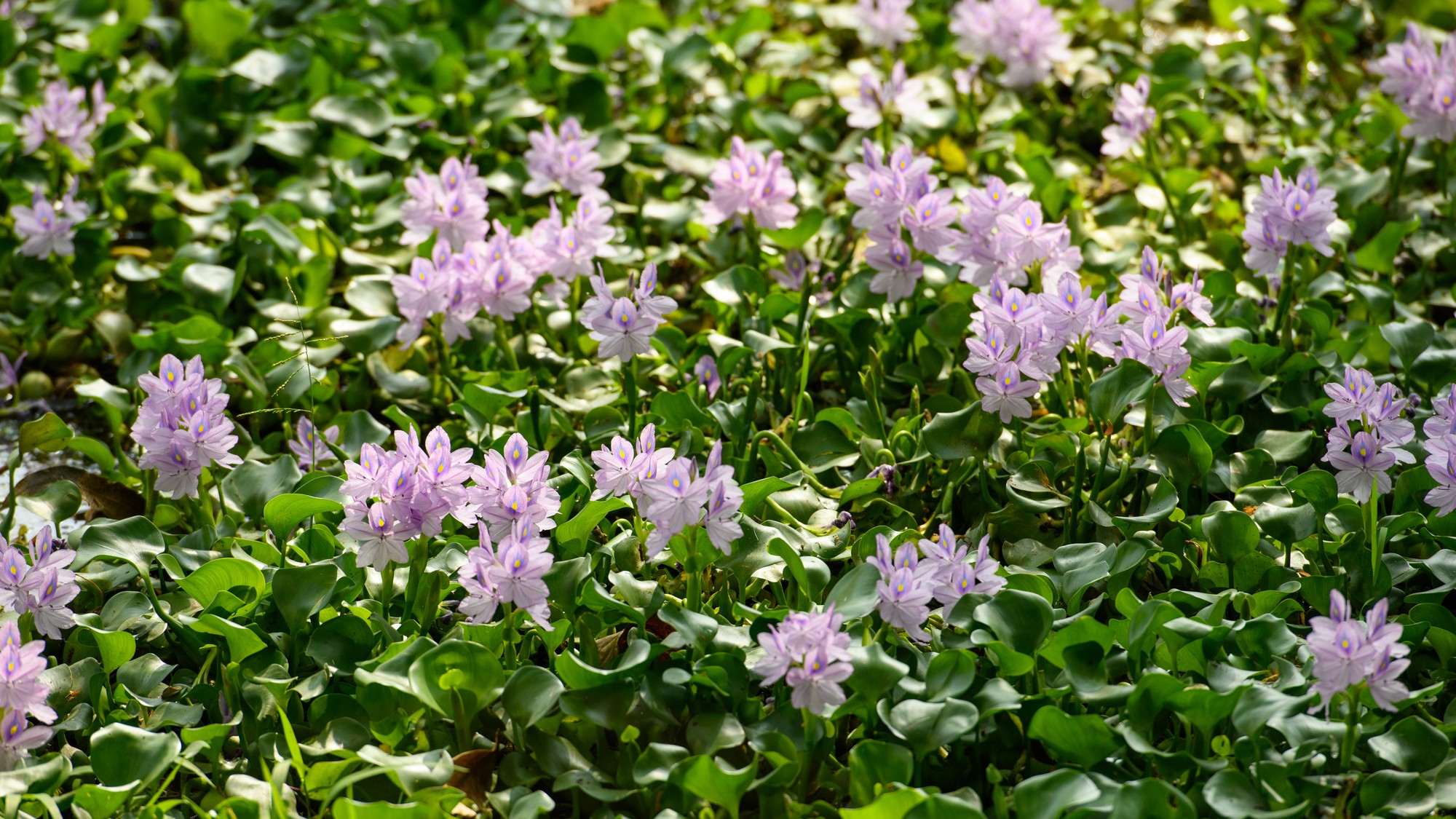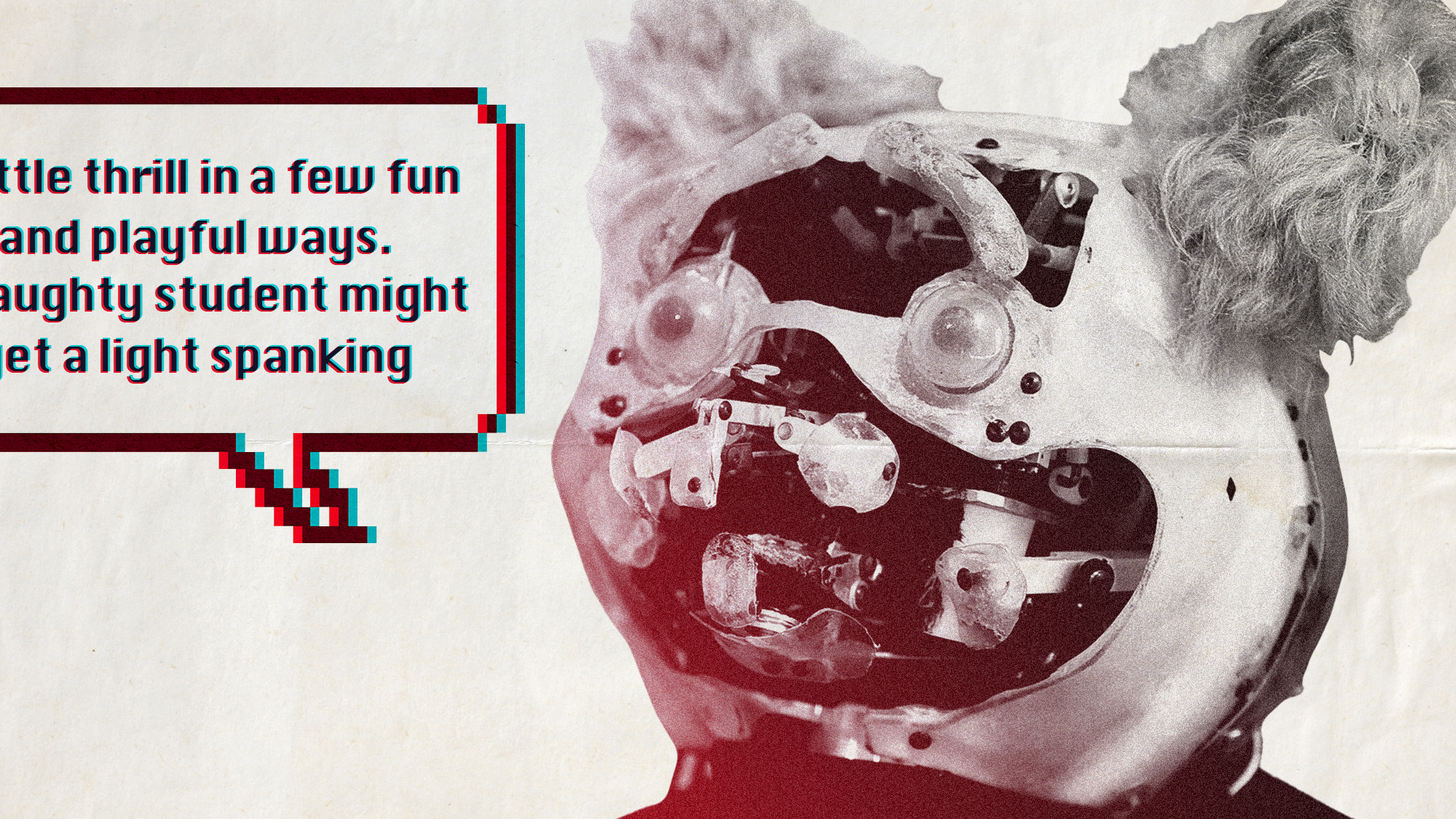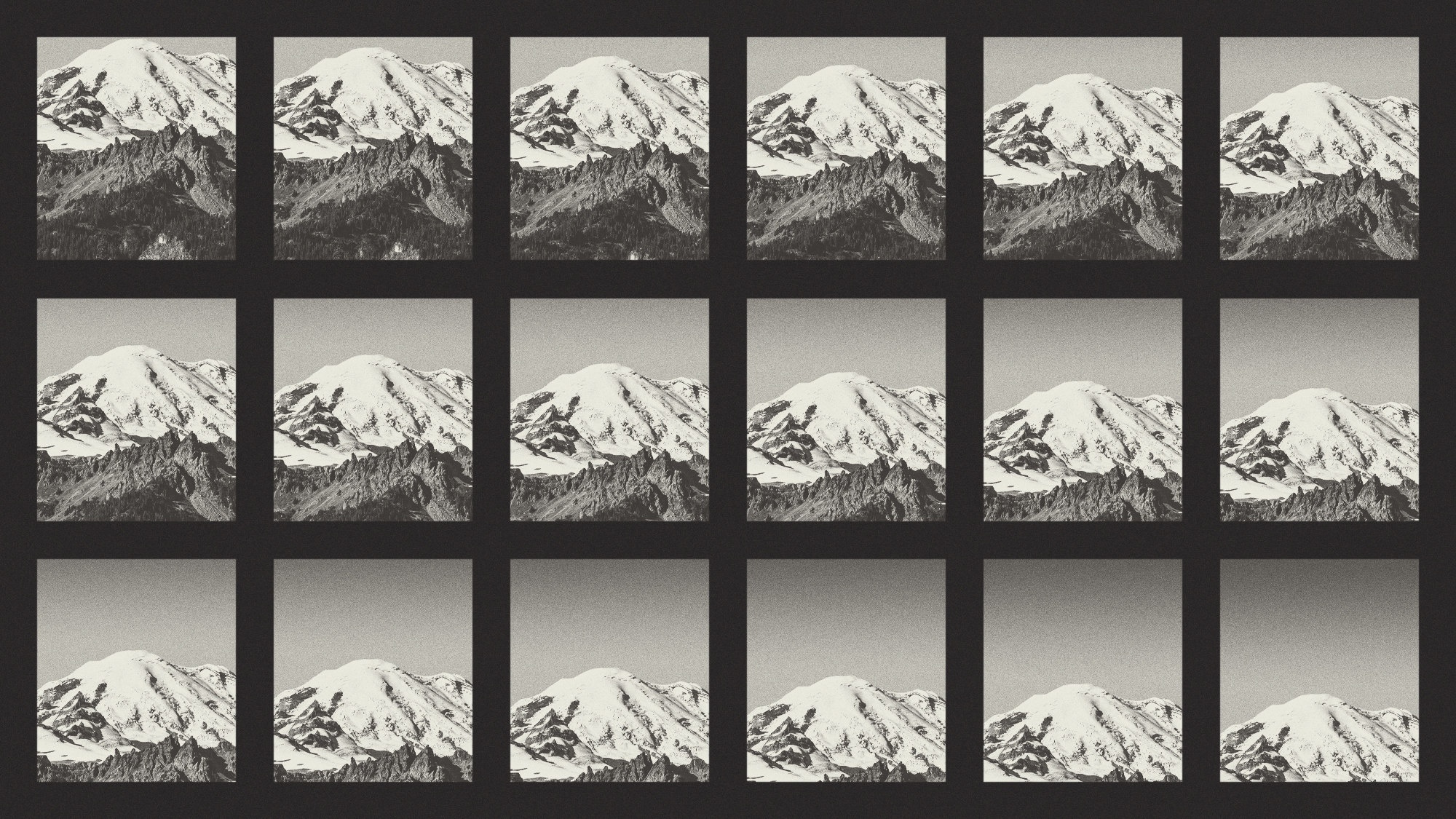6 of the most invasive plant species in the world
These species are outcompeting the native ones


Every species, from the apex predator down to the smallest plant and fungi, plays a specific role in the ecosystem that they are native to. However, when a non-native species is introduced to an ecosystem, it has the potential to become invasive: there are no natural predators or other guardrails keeping it from outcompeting the species that were already there. Invasive species can permanently alter ecosystems — and in the worst cases, even lead to the extinctions of existing species.
Invasive species have been introduced accidentally, like hitching a ride on a ship, but also on purpose. Specifically, many plant species have been brought in as a way to make gardens interesting or for the purposes of trade. "People and businesses that import these species do not anticipate the consequences," said National Geographic. "Even scientists are not always sure how a species will adapt to a new environment." Climate change is increasing the risk of invasive species as well. "Rising temperatures, increased CO2 and extreme weather that alters landscapes favor the spread of invasive species, which also exacerbate climate impacts by making habitats, agriculture and cities less resilient," said Columbia University.
Here are six of the most invasive species that can be found around the world.
The Week
Escape your echo chamber. Get the facts behind the news, plus analysis from multiple perspectives.

Sign up for The Week's Free Newsletters
From our morning news briefing to a weekly Good News Newsletter, get the best of The Week delivered directly to your inbox.
From our morning news briefing to a weekly Good News Newsletter, get the best of The Week delivered directly to your inbox.
Japanese knotweed

Japanese knotweed growing in a British woodland
Japanese knotweed (Fallopia japonic) is a species native to eastern Asia that has been wreaking havoc in North America and in the U.K. It looks like a "clumpy, bushy bamboo plant," and "its white flowers, which appear in late summer, are beautiful," said The Wall Street Journal. It also requires very little care and grows quickly. "These qualities made it very popular with gardeners ignorant to the weed's inherent evils."
The beautiful plants can be deadly, as they can degrade wetland habitats. "Dense thickets can reduce sunlight penetration by more than 90%, and its thick mats of dead and decaying vegetation in fall/spring prevent other plant species from growing by shading them out," said the Invasive Species Centre. The knotweed is also allelopathic, "meaning it releases chemicals into the soil that inhibit the survival of surrounding plants," said Britannica. The plant can even destroy building foundations for new developments because it grows through concrete and asphalt.
Golden bamboo

Golden bamboo
The beloved golden bamboo (Phyllostachys aurea) is invasive in the U.S. and Europe. The plant is native to southeast China and has been cultivated in Japan for centuries; it was introduced to the U.S. in 1882 in Alabama. While beautiful, its problems soon became evident. Golden bamboo can grow fast and aggressively, reaching heights of 30 to 40 feet tall. "It quickly overtook everything in its path, destroying native plants and the habitats they provide for wildlife, and offering nothing in return," said HowStuffWorks.
Unfortunately, "the easiest way to keep Golden bamboo out of an environment is to not plant it in the first place," said the University of Maryland Extension. "If control on an existing stand is desired, a combination of cutting, burning and herbicide applications may be required." Golden bamboo is not the only invasive bamboo species, either: the black and running varieties are also causing problems globally.
A free daily email with the biggest news stories of the day – and the best features from TheWeek.com
Hydrilla

Hydrilla plant close up
Hydrilla (Hydrilla verticillata), also called water thyme, is an invasive aquatic plant native to Africa and Southeast Asia. It has now made its way to Canada and the southern and eastern U.S. "It is extremely hardy and can grow in many conditions (including low light levels and poor nutrient areas)," said Cornell Cooperative Extension. It also reproduces quickly and can rapidly outcompete native plants.
"Hydrilla has been known to take over as the dominant plant in a lake in only three years after it's introduced," said The Columbus Dispatch. It can also cause an aquatic monoculture, which can limit food and habitat options for species and reduce biodiversity. Removing the plant is difficult: "Mechanical cutting risks spreading hydrilla by fragmentation," so "controls typically involve herbicides" and "drawing down reservoirs past the shallows where the plants thrive," said The Dispatch.
Kudzu

Kudzu vine covering house
The deep south of the U.S. has been invaded by kudzu (Pueraria montana), a climbing vine with severe ecological effects. The plant is native to Japan and southeast China and was introduced in the U.S. in 1876. "An invasive plant as fast-growing as kudzu outcompetes everything from native grasses to fully mature trees by shading them from the sunlight they need to photosynthesize," said The Nature Conservancy. The plant is extremely resilient and able to thrive in a variety of conditions and soil types.
Property damage is a risk. "Kudzu can grow over and completely cover anything in its path, including trees, hydro poles, fences, houses and road signs," said the Invasive Species Centre. "It can cause structural damage to buildings and cause power outages when it grows over poles and interferes with overhead power lines."
Water hyacinth

Water hyacinth overgrown in pond
The water hyacinth (Eichhornia crassipes), native to South America, is considered to be invasive in over 50 countries, including those in Central and North America, Asia, Europe and Africa. While beautiful, the plant is "loathed for its ability to reproduce so quickly that it can blanket large portions of lakes and ponds with a thick mat of vegetation," said NASA's Earth Observatory. Because of this, lakes can quickly become overrun with water hyacinths.
An abundance of the plant can spell trouble for native plants in a lake or pond. "Submerged native plants become shaded and often die," the Earth Observatory said. "The resulting decay processes deplete dissolved oxygen in the water and lead to fish kills." The good news is that one Kenyan company is working to burn this invasive plant into a bioplastic. The product is "made from dried water hyacinth combined with binders and additives, which is then mixed and shaped," said CNN. This allows for the reduction of the plant's population, as well as a sustainable alternative to plastic.
Asiatic bittersweet

Asiatic or oriental bittersweet
The Asiatic or oriental bittersweet (Celastrus orbiculatus) is an invasive plant from Eastern Asia, found in Japan, China and Korea. The plant, known for its bright red berries, is invasive in the Northeast U.S., namely Connecticut and Maine. It is "often seen strangling trees on roadsides and ultimately destroying them," said the University of Connecticut. It grows as a vine and "smothers plants and uproots trees due to its weight," added the U.S. National Invasive Species Information Center.
Its berries are striking, making them ideal for decorations like holiday wreaths, but "turning them into decorations can invite the quick-spreading, hard-to-remove plant to quickly take over your yard," said Bangor Daily News. It can also pose a danger to wildlife. "Birds can eat the berries, spreading the seeds through their digestive system and establishing new plants. As wreaths are thrown out, or if they end up composted, they can spread new plants."
Devika Rao has worked as a staff writer at The Week since 2022, covering science, the environment, climate and business. She previously worked as a policy associate for a nonprofit organization advocating for environmental action from a business perspective.
-
 8 incredible destinations to visit in 2026
8 incredible destinations to visit in 2026The Week Recommends Now is the time to explore Botswana, Mongolia and Sardinia
-
 Wave of cancellations prompt Kennedy Center turmoil
Wave of cancellations prompt Kennedy Center turmoilIN THE SPOTLIGHT Accusations and allegations fly as artists begin backing off their regularly scheduled appearances
-
 The dark side of how kids are using AI
The dark side of how kids are using AIUnder the Radar Chatbots have become places where children ‘talk about violence, explore romantic or sexual roleplay, and seek advice when no adult is watching’
-
 Environment breakthroughs of 2025
Environment breakthroughs of 2025In Depth Progress was made this year on carbon dioxide tracking, food waste upcycling, sodium batteries, microplastic monitoring and green concrete
-
 Crest falling: Mount Rainier and 4 other mountains are losing height
Crest falling: Mount Rainier and 4 other mountains are losing heightUnder the radar Its peak elevation is approximately 20 feet lower than it once was
-
 Death toll from Southeast Asia storms tops 1,000
Death toll from Southeast Asia storms tops 1,000speed read Catastrophic floods and landslides have struck Sri Lanka, Indonesia, Thailand and Malaysia
-
 Can for-profit geoengineering put a pause on climate change?
Can for-profit geoengineering put a pause on climate change?In the Spotlight Stardust Solutions wants to dim the sun. Scientists are worried.
-
 How will climate change affect the UK?
How will climate change affect the UK?The Explainer Met Office projections show the UK getting substantially warmer and wetter – with more extreme weather events
-
 Can the UK do more on climate change?
Can the UK do more on climate change?Today's Big Question Labour has shown leadership in the face of fraying international consensus, but must show the public their green mission is ‘a net benefit, not a net cost’
-
 Did Cop30 fulfil its promise to Indigenous Brazilians?
Did Cop30 fulfil its promise to Indigenous Brazilians?Today’s Big Question Brazilian president approves 10 new protected territories, following ‘unprecedented’ Indigenous presence at conference, both as delegates and protesters
-
 Can the world adapt to climate change?
Can the world adapt to climate change?Today's Big Question As the world gets hotter, COP30 leaders consider resilience efforts
